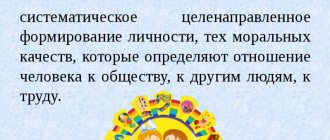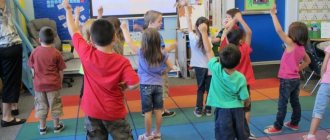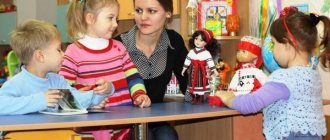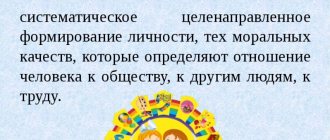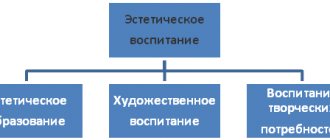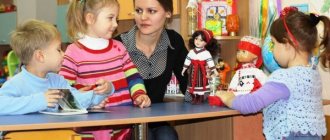WHAT DOES THIS LOOK LIKE IN PRACTICE?
Behind all these seemingly sophisticated concepts lies a daily work that is invisible to the child. The peculiarities of the formation of thinking, as we remember, at this age are expressed by objectivity and clarity. Therefore, when going for a walk or going into nature, parents ask the child to evaluate what changes in nature have occurred recently (flowers have bloomed, dandelions have turned grey, chicks are chirping in the trees, it has become slushy, birds have flown away, snow has fallen, etc. ).
Working in the garden or vegetable garden, the child gains knowledge about what period of the year what work should be done in order for flowers to bloom, fruits and vegetables to ripen. At the same time, you can explain to him why butterflies flying around, beetles, ants, birds are needed, what their benefits and relationships are. Tell them that they all have their own home, their parents have kids that they take care of and are very worried when something happens to them - just like people.
By their example, adults show a creative attitude towards nature (water, feed, loosen), explain that squashing bugs, catching butterflies, breaking branches just like that is inhumane (and they themselves do not do this). At the same time, you can touch the grass, smell the flowers, enjoy the singing of birds, observe the changes that occur every day (this is where the calendar comes in handy), and draw conclusions about the laws of nature.
During family environmental events, children will learn what trees are for, why it is so important to take care of them, why one should not litter the environment with waste, and how important it is to feed the birds in the garden, yard, and park in winter.
It’s good if the child starts asking a lot of questions about this in order to expand the range of existing knowledge and systematize the information received.
Advice
If your baby doesn’t bombard you with “why” questions, ask him yourself. Provoke your child to think, compare, and draw conclusions. (Why do you think the sunflower closed its cap? Why is the berry in the sun already red, but under the leaf not yet? What will happen if bees don’t fly into our garden? Why do trees shed their leaves?). Find answers together. This is a good tool not only for environmental education, but also for the development of preschoolers’ speech.
When a child takes care of an indoor flower or animal, adults also teach him to create, preserve, and help. Their stories, accompanied by visual, lively pictures, are not perceived by the child as teaching. This is a natural process. The formation of environmental consciousness in preschool childhood should take place unnoticed.

